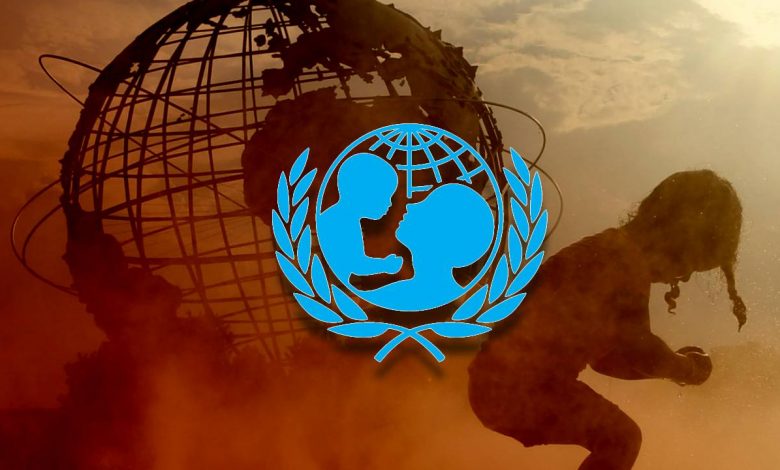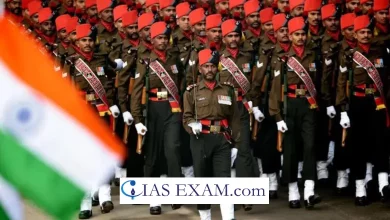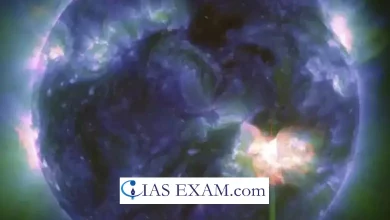Daily Current Affairs for UPSC
UNICEF on Impacts of Heat waves

Topic- Environment Pollution and Climate Change [GS Paper-3]
Context- Recently, UNICEF (United Nations Children’s Fund) released a report titled “Coldest Year of the Rest of Their Lives – Protecting children from the escalating impacts of heatwaves”, which shows that nearly all the children across the world will be exposed to more frequent and severe heat waves by 2050.
Key Highlights
- In the current scenario, about 559 million children are exposed to at least four to five hazardous heatwaves annually, according to The Coldest Year of the Rest of Their Lives report.
- The number is likely to quadruple to over two billion by 2050 up from 24 per cent of children in 2020. This amounts to an increase of about 1.5 billion children.
- In the upcoming years children will face severe heat waves even under a low greenhouse gas emission scenario i.e. with an estimated 1.7 degrees celsius of warming in 2050.
- One in every four children lives in areas where the average heatwave event lasts 4.7 days or longer as of 2020.
- This percentage will rise to over three in four children under a low-emission scenario by 2050.
- Particularly children in southern, western and south-eastern Asia, eastern and southern Europe and northern Africa experience heatwaves of longer duration.
- At 2.4 degrees of temperature, 94 percent of children will be exposed with only small areas of southern America, central Africa, Australasia and Asia not exposed to high heatwave duration.
Impacts of Heat waves on Children
- Children are affected by heat in two broad ways i.e.
- Risks to health and wellbeing and
- Social and educational risks
- Heatwave risks to health include heat stroke, heat stress, allergy, chronic respiratory conditions, asthma, mosquito-borne disease, cardiovascular disease, under-nutrition and diarrhoea etc.
- High temperatures are also a reason for increased mental health problems in children and adolescents, including post-traumatic stress disorder and depression.
- Extreme heat also has impacts on children’s education and future livelihoods.
- Heatwaves lead to poor health and nutrition among children and hence causing lower academic performance and attendance.
- Higher temperatures and lower hydration affect children’s ability to concentrate.
- Heatwaves also threaten children’s safety as communities are forced to search for and compete over food and water resources as pastures and household income dry up.
- The resulting migration, displacement and conflict due to heat waves expose children to serious physical harm and violence risks.
- Also lack of water during droughts leads to the destruction of crops and malnutrition among children.
Recommendation of UNICEF
- UNICEF data has suggested adopting certain adaptation and mitigation strategies.
- It is also necessary to ensure that the vulnerable have the resources to adopt the critical social services required to protect them.
- The report suggests that the countries must adopt certain strategies such as
- Protecting children from climate devastation by encouraging social services
- Preparing children to live in a climate changed world
- Prioritising children and youth in climate finance and resources
- Preventing a climate catastrophe by reducing greenhouse gas emissions
- Climate education is necessary in the fight against climate change.
- The 27 the Conference of Parties to the United Nations Framework Convention on Climate Change must investigate progress on loss and damage, placing the resilience of children and their communities at the centre of discussions on action and support.
What are Heat waves?
- A heatwave is any period of three days or more when the maximum temperature each day is in the top 10 percent of the local 15-day average.
- Heat waves remaining for longer duration pose more risks for children as they spend more time outdoors than adults for sports and other activities putting them at greater risk for heat injury.





.png)



